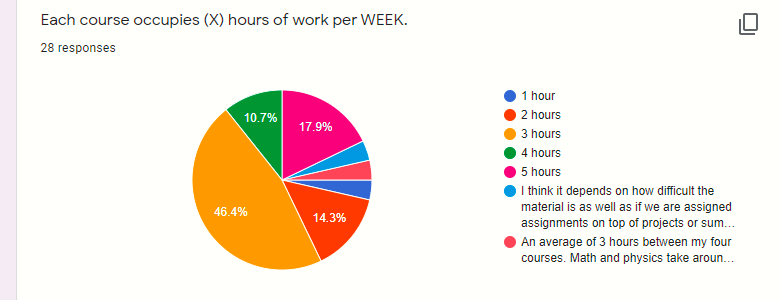My two sons tease their dad often, but, I must admit that he has provided them with opportunities for some comic gold. He has also been showing them how to make others laugh for a long time, but, they are more fortunate than their youthful hearts can know.
The family lore is full of dad stories. A few years ago, he would make his weekly trip to Costco and each time he would buy the largest box of Arrowroot cookies. This lasted for several months until one day, the oldest opened the cupboard to find the pantry shelves full, pausing only for a second, then turning to ask if his dad was building a bunker in the backyard. His dad didn’t notice the cookies weren’t getting eaten and his motivation was to ensure they never go without. Now, the Arrowroot saga is often the beginning of gentle teasing sessions, but, they don’t know that childhood poverty pressed this impulse into him.
Other stories include his penchant for cranial contusions. With regularity, he hits his head on open cupboard doors, in the basement, or anywhere one might accidentally come in contact with an external object of any kind. It’s actually quite remarkable how often we hear the tell-tale, “ouph” and “Geez” followed by a gasp. For Christmas one year, the boys bought him a construction helmet with a Green Bay Packers logo – his favourite team. They know he is usually so focused and engrossed in his work that he loses the physical sense of his body’s boundaries. But, they don’t know that this deficit developed early in his life; childhood abuse from his father carved an escape route from his external form and he armoured up against the world.
After his own father’s work injury in Australia, their dad felt emigration to Canada was hope, but teenage neglect nearly tossed him, like his shipwright father, over the edge into self destruction. The boys know his story of travelling through the Suez Canal and his earliest days in Ottawa. They know about his magical whimsical ways with humour and acting in high school plays. But, they don’t know about the teachers who saw the wreckage and saved him.
One year on a trip to Michigan to get medical treatment for our infant daughter, he imitated the voices of Mrs. Doubtfire and performed the antics of Robin Williams enough to persuade the nursing staff that he was, in fact, the comedian himself; he did look like him in his younger years. Humour is the healing he offers the world. The boys know this and the many names that he creatively conjures for neighbours, friends, strangers. But, they don’t know that his most golden moments were spent standing with me in our combined grief with the prognosis of a permanently disabled child and balancing both rock solid strength and loving empathy on a the pin head of each day until we were both okay with it all. And then he retired to stay home full time with her.
The boys see his tenacity, his unwavering commitment to them, and he knows their teasing is loving kindness. But they don’t know that their dad is an alchemist who transforms the unimaginable into living gold.



You must be logged in to post a comment.